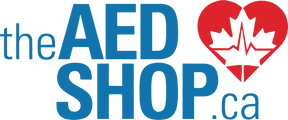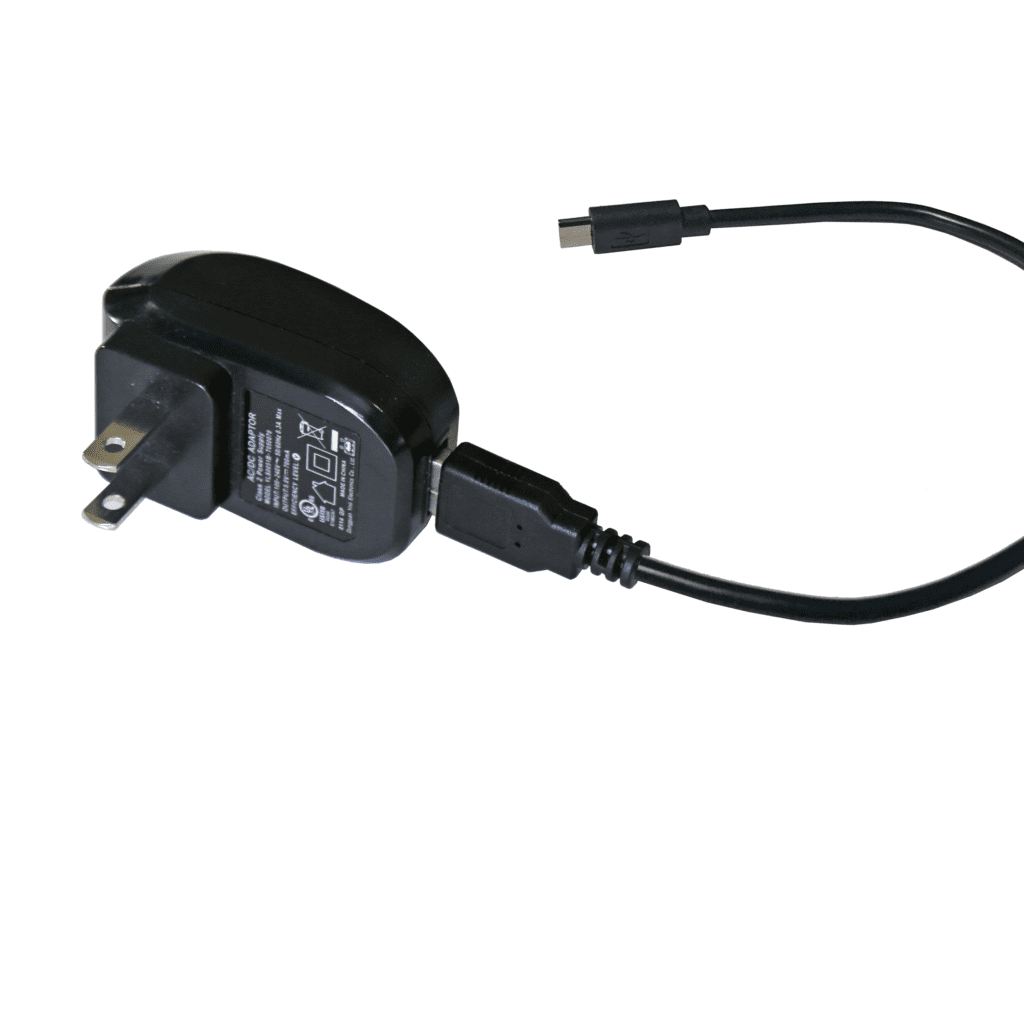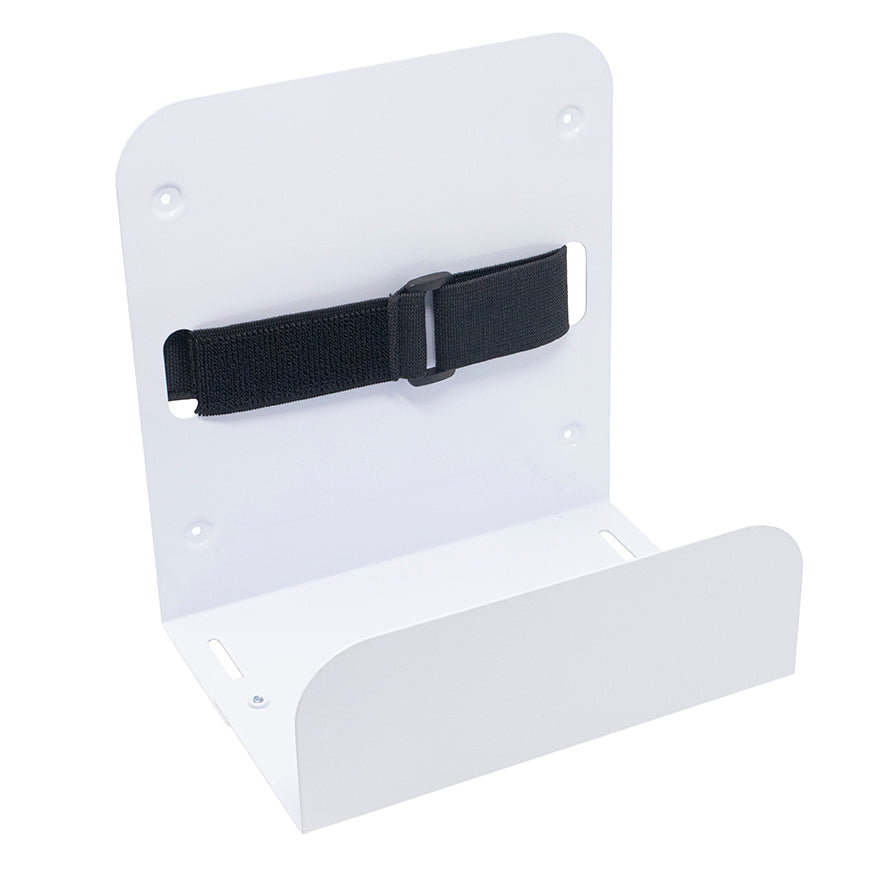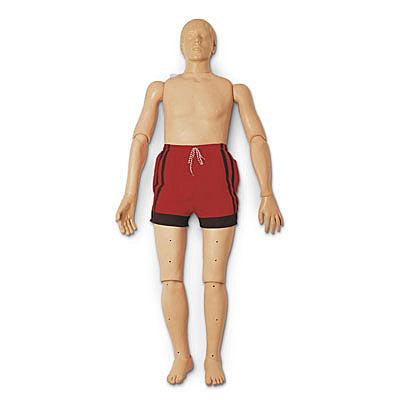Heart Attack and Sudden Cardiac Arrest… They are Different!
Both Cardiac Arrest and Heart Attack are often used terms and are often used interchangeably, but they are different. A heart attack is when the blood flow to the heart is blocked, and sudden cardiac arrest is when the heart suddenly stops beating unexpectedly. A heart attack is a “circulation” problem and sudden cardiac arrest is an “electrical/pumping” problem.
What is a heart attack?
A heart attack occurs when blocked arteries prevent oxygen-rich blood from reaching a section of the heart. If the blocked artery is not reopened quickly, the part of the heart normally fed by that artery begins to die. The longer a person goes without treatment, the greater the damage. If left untreated the person can go into cardiac arrest.
Symptoms of a heart attack may have a quick onset and can be intense. Though, symptoms may start slowly and persist for hours, days or weeks before having a heart attack. Unlike with sudden cardiac arrest, the heart usually does not stop beating during a heart attack.
What are the symptoms of heart attack?
- Chest pain or discomfort. ...
- Feeling weak, light-headed, or faint. ...
- Pain or discomfort in the jaw, neck, or back.
- Pain or discomfort in one or both arms or shoulders.
- Shortness of breath.
What to do: Heart Attack
If you're not sure it's a heart attack, call 911 or your emergency response number immediately. Every minute matters! Emergency medical services staff can begin treatment when they arrive. EMS staff are also trained to revive someone whose heart has stopped.
What is Cardiac Arrest?
Sudden cardiac arrest occurs suddenly and often without warning. It is triggered by an electrical malfunction in the heart that causes an irregular heartbeat (arrhythmia). With its pumping/beating action is disrupted, the heart cannot pump blood to the brain, lungs and other organs. Seconds later, a person loses consciousness and has no pulse. Death occurs within minutes if the victim does not receive treatment.
Signs of sudden cardiac arrest are immediate and drastic and include: Sudden collapse, No pulse, No breathing
What to do: Sudden Cardiac Arrest
Cardiac arrest is reversible in most victims if it's treated within a few minutes. First, call 911. Send someone to get an automated external defibrillator (AED) if one is available and use it as soon as it arrives. Begin CPR immediately and continue until emergency medical services arrive. If two people are available to help, one should begin CPR immediately while the other calls 911 and finds an AED.
If cardiac arrest does occur, rapid treatment with a medical device called an automated external defibrillator (AED) can be life-saving.
An AED is a type of computerized defibrillator that automatically analyzes the heart rhythm in people who are experiencing cardiac arrest. When appropriate, it delivers an electrical shock to the heart to restore its normal rhythm. The conversion of a arrhythmia to its normal rhythm by an electrical shock is called defibrillation.
Defibrillation is time-sensitive. The probability of survival decreases by 7 percent to 10 percent for every minute that a victim stays in a life-threatening arrhythmia.
Sudden cardiac arrest is a leading cause of death. Know what you can do to help someone in Cardiac Arrest, Seconds to make a difference.
AEDS SAVE LIVES with your help!














